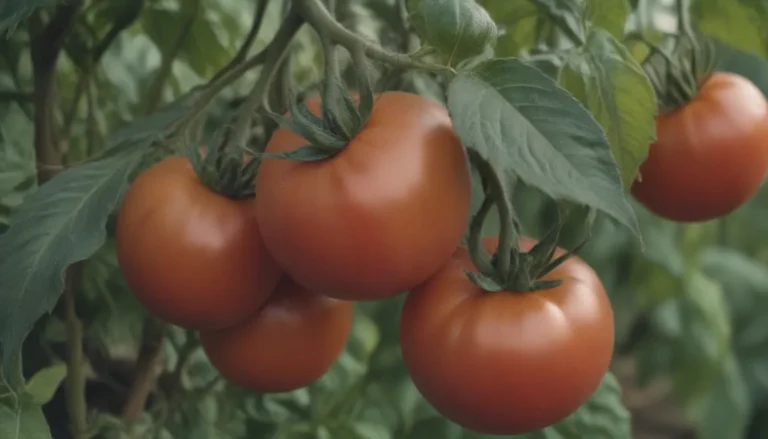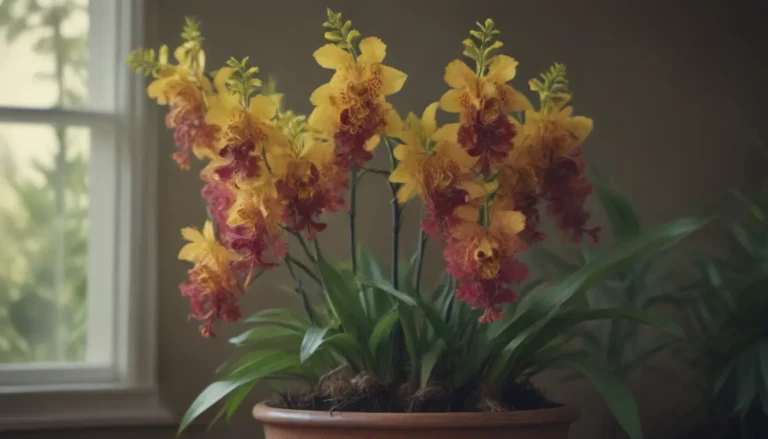The Ultimate Guide to Growing and Caring for your Venus Flytrap Plant

If you’re looking to add a unique and fascinating plant to your collection, look no further than the Venus flytrap. Not only is this perennial carnivorous plant a conversation starter, but it also captures small insects with its specialized traps, making it a captivating addition to any indoor garden. While it may seem challenging to care for, with the right knowledge and attention, you can successfully cultivate and nurture your very own Venus flytrap.
Understanding the Venus Flytrap
The Venus flytrap’s unique “trap” is actually a modified leaf that serves as a mechanism for capturing prey. Each plant can have multiple traps emerging from flat stems, creating a striking rosette appearance. The traps consist of two lobes connected by a hinge, with nectar luring unsuspecting insects inside. Once triggered, the trap closes, digesting the prey before reopening for the next meal.
Essential Care Tips for Venus Flytraps
To ensure the health and vitality of your Venus flytrap, it’s essential to provide the right conditions for optimal growth. Here are some key care tips to keep in mind:
- Light: Place your Venus flytrap in a location where it can receive at least 12 hours of light daily, with a minimum of 4 hours of direct sunlight.
- Water: Water your plant with rainwater or distilled water to avoid mineral buildup. Maintain a shallow dish of water around 1 cm deep for watering.
- Fertilizing: Avoid fertilizing Venus flytraps, as they thrive in nutrient-poor environments and derive their nutrients from insects.
- Temperature and Humidity: Maintain temperatures between 70-95 degrees Fahrenheit and provide a humid environment with good airflow.
Feeding Your Venus Flytrap
While Venus flytraps can catch insects on their own when grown outdoors, indoor plants may require supplemental feeding. Focus on creating optimal growing conditions before offering occasional live or dead insects. Remember to stimulate the trigger hairs gently to facilitate digestion.
Potting and Soil Requirements
Proper potting and soil are crucial for the health of your Venus flytrap. Here’s what you need to know:
- Soil: Use a mixture of peat moss and perlite, or horticultural sand with peat moss, to create a wet, acidic environment for your plant.
- Pot Type: Opt for a fiberglass or plastic pot with sufficient depth to accommodate the plant’s roots.
- Repotting: Repot your Venus flytrap every 6-12 months to refresh the soil and remove any accumulated minerals or contaminants.
Propagation Techniques for Venus Flytraps
The most reliable method for propagating Venus flytraps is through division. Avoid wild harvesting and source your plants from reputable nurseries that propagate their own specimens to protect wild populations.
Overwintering Considerations
During the winter months, Venus flytraps enter a dormancy period characterized by reduced daylight hours. Allow the plant to rest in a cool, dimly lit location while reducing watering frequency. Resume regular watering when signs of new growth appear in the spring.
Dealing with Pests and Diseases
Despite their insect-eating abilities, Venus flytraps can still fall victim to pests like aphids and fungus gnats. Utilize horticultural oil or insecticidal soap for aphid control and Bacillus thuringiensis for fungus gnat infestations.
Popular Cultivars of Venus Flytraps
Plant developers have introduced numerous cultivars of Venus flytraps, each with unique characteristics and names. From ‘Petite Dragon’ to ‘Ginormous’ and ‘DC All Red,’ these cultivars showcase the diversity and appeal of this fascinating plant.
In conclusion, growing and caring for a Venus flytrap can be a rewarding and educational experience. By providing the right conditions, feeding requirements, and maintenance, you can enjoy the captivating beauty of this carnivorous plant in your own home. Remember to prioritize the well-being of your Venus flytrap and watch as it thrives under your care. Happy planting!
Sources:
– “Dionaea Muscipula.” North Carolina State University Extension.
– “Venus Flytrap.” San Diego Zoo Wildlife Alliance.
– “Toxic and Non-Toxic Plants: Venus Fly Trap.” ASPCA.





